Nature's Secret Detox: Humic & Fulvic Acids for Detoxification
Although you may not be familiar with humic and fulvic acids, they are arguably, two of the most essential types of compounds in the world. Humic compounds are a gift from the microorganisms in the soil. The microorganisms in the soil break down the carbohydrate-rich dead plant material and, in return, gift the soil with little shuttles. Those shuttles are functional as transport vehicles for metals and trace elements. Hence, humifulvic compounds (HFC) enhance the plants' capacity to absorb the nutrients that were left in the soil by their predecessors. Outside of their crucial role in maintaining a healthy plant ecosystem, research shows that HFCs play a role in maintaining human and animal health. (1, 2, 3)
Blog Contents
What Are Humic & Fulvic Acids
Humic acids are made up of a complex group of molecules. Fulvic acid is a humic substance that is much smaller in molecular size and has different properties compared to other humic acids. Both humic and fulvic acids have significant benefits for human health, plant growth, and soil health.
Humic acids are simple shuttles that can transfer metals. They are excellent at delivering minerals to the body and removing heavy metals. Their activity in the human body is highly similar to their function in the soil. (4)
Humic & Fulvic Acid Use in Humans
Research suggests that the ion exchange capability of standardized humifulvate generated from peat could positively influence trace element absorption in animals and humans. HFC's unique features could aid in the efficient uptake and assimilation of complex essential minerals and trace elements into cells and tissues. HFC can transport metals to and from metalloproteins. (5, 6)
What are Metalloproteins?
Metalloproteins are proteins with a metal ion in the active site, acting as cofactors for their enzymatic activities. Metalloproteins possess catalytic (physiological reaction expediting) properties that increase the cellular utilization of trace minerals (6, 7)
What Is the Function of Liver Metalloproteins?
Liver metalloproteins (LMPs) are a group of proteins with metals such as iron and zinc attached to them. Those proteins are found predominantly in the liver. LMPs are produced in the liver and have the primary function of protecting the body from free radical damage (8)
Oxidative Stress and Free Radicals
Free radicals have always been a hot topic in the world of natural health. Those radicals are simply unpaired electron molecules that can react with other molecules to form dangerous chemical compounds known as reactive oxygen species (ROS). ROS damages cells by causing oxidative stress, which can cause cell death or dysfunction (9). Those radicals are highly animated clusters that zip around cells and break them down.
What is the significance of Liver Metalloproteins?
Liver metalloproteins are important in preventing oxidative stress in our bodies. We may not think of the food we eat as material needing detoxification, but LMPs are essential for maintaining our health even when our food is healthy.
For example, iron and copper are essential minerals for healthy functioning. However, on excessive intake, the LMPs in our livers bind copper and iron when we eat foods that contain high levels of these metals. As a result, copper and iron cannot take part in free radical reactions because of this binding; instead, they are stored in the body. In other words, LMPs assist with the safe storage of metals in the body. (10)
If LMPs are not present, these ions then circulate throughout our bodies, where they can interact with other cellular components, potentially causing damage. An overflow of ions that accumulate to cause harm is the hallmark of a tissue overload disease.
Heavy Metal Toxicity
The capacity of HFC to increase the absorbability of critical minerals while also eliminating hazardous heavy metals like lead, cadmium, and mercury, has been the focus of detoxification research. Many studies focus on the possible therapeutic role of HFC in cases of workplace heavy metal exposure (14)
Cadmium Toxicity
In 31 adult employees constantly exposed to occupational cadmium, oral ingestion of HFC for six weeks dramatically decreased blood cadmium levels while increasing urine cadmium. Additionally, the majority of individuals had an improvement in their initial low serum iron levels and indices of kidney and liver function (15). It appears that HFC enhances the supply of healthy elements such as Zn, Cu, Fe, Se, Ca, and Vitamin C. In doing so, they influence the gastrointestinal tract and reduce the absorption of toxic elements like cadmium. Thus, they function to enhance mineral balance without the risk of depletion. (15)
Conclusion on Safe Chelation
Chelation is the process of getting rid of one element that is in excess. The process has many benefits as a detoxification process but risks the depletion of elements. HFC's ability as an ion exchanger may allow trace elements bound in the chelate form to be released for uptake into tissues and bind other readily available elements, such as cadmium. Simultaneously, various vital nutrients are delivered, while the excess metals are picked up and safely eliminated. It is important to note that most studies looked at parameters including liver health, kidney health, and blood health to ensure the safety of HFC chelation. (2, 3, 15)
Lead and Cadmium Toxicity
In 51 healthy adult volunteers, the research investigated the effects of HFC on trace element metabolism. Blood lead and cadmium levels were reduced considerably after oral HFC treatment for two weeks. Based on urine measurements of these metals, HFC reduced the absorption of cadmium and lead from both dietary and environmental exposure (16). Upon investigating the safety of HFC, it was demonstrated that the intake of HFC had no negative influence on blood parameters.
Diseases Linked to Metal Accumulation
Metal Dyshomeostasis Diseases (MDD) are several disorders caused by the accumulation of excess metals like copper and iron in tissues. This accumulation has been linked to a variety of diseases, including cancer. Excessive copper is also thought to play a role in neurodegenerative diseases like Alzheimer's disease (11, 12). Additionally, toxic metals that do not play a physiological role, like aluminium, for example, are also thought to play a role when it comes to MDD. (13)
Humifulvic Compounds Vs. Pharmaceutical Chelation
Penicillamine is a medication used to treat heavy metal toxicity. It removes harmful metals from the body (16, 17). In one study, six adult individuals with moderately increased lead levels who did not require penicillamine were given HFC orally. After three weeks of daily administration, four of the six participants had considerably decreased blood lead levels (11). The findings of these clinical observations suggest that treatment with the HFC appears to impact the reduction of dangerous levels of heavy metals in humans. The results were comparable to the clearance rate of heavy metals by penicillamine (10, 11, 17).
Twenty people exposed to a high load of lead at work were given 20 mL of liquid HFC every day for six weeks. Compared to the control group, lead levels in the blood dropped significantly from the start of the trial. None of the clinical or haematological markers were negatively altered. (18)
Concentration-Dependent Chelation Speed
According to the previous research findings, the greater the serum or blood lead level, the more dramatic the elimination speed of the metal bt HFC.(12, 13, 16)
Who are Humic & Fulvic Acids useful for?
Evidence shows that HFC could reduce the absorption and increase the removal of dangerous heavy metals like cadmium for employees in hazardous occupations, preventing heavy metal accumulation (12, 16). Furthermore, a standardized HFC would be helpful in removing heavy metals acquired over a lifetime of environmental exposure and dietary exposure. HFC's effects on the excretion of these hazardous components in the urine suggest that it may be used as a therapeutic detox agent for individuals experiencing the accumulation of heavy metals from everyday life. (12)
Humic & Fulvic Compounds and Mineral Deficiencies
Iron-deficiency anemia is a disorder in which red blood cells' hemoglobin levels drop. As a result, the cells shrink and deform, lowering their oxygen-carrying ability. Other causes of anemia include internal bleeding. Bleeding may be both external and internal, and in both cases, it causes iron loss, and low stomach acid causes malabsorption. Thus, the body ends up in a state of iron depletion that cannot be easily improved. Some evidence shows that standardized HFC could be an excellent strategy to treat this condition. (19)
The Science Behind Improving Anemia with HFC: In one study, it was demonstrated that HFCs help humans maintain iron homeostasis. During three weeks of observation, serum iron levels improved in fourteen adult volunteers who were given oral HFC. At the start of the study, subjects with low iron levels had their iron levels rise to within the intended range. (16, 18, 20)
Humic & Fulvic Acids for Anemic Children
Nineteen children with iron deficiency anemia were studied to see if oral HFC improved overall health, appetite, and serum iron levels. Following treatment with HFC, participants reported improved appetite and well-being. As early as two weeks after starting the treatment, blood iron levels began to climb. The serum iron level increased significantly after three weeks of HFC treatment. (22)
Humic & Fulvic Acids as Adjunctive Cancer Therapy
As a cytostatic adjuvant, HFC was given orally to cancer patients. While cytostatic therapy slows cancer cell growth, normal cells like erythrocytes (red blood cells) may be destroyed, causing anemia. Iron therapy is essential because hemoglobin is required for red blood cell function. One group of patients' erythrocyte counts improved enough to eliminate other iron therapy (22). An enhanced appetite, a reduced need for analgesics, reduced nausea, reduced fatigue, and a return to work were among the standardized benefits noted by these cancer patients. In addition, HFC showed a high safety profile with no recorded side effects.
Humic & Fulvic Acids for Athletes
After oral administration of HFC to 25 elite adult athletes, hemoglobin levels were measured to see if it affected stress resistance and the ability to increase exercise intensity. The athletes' hemoglobin levels stayed within the physiologically acceptable range. In addition, athletes’ stress resistance and capacity to focus during workout periods improved subjectively. It was concluded that standardized HFC can normalize iron, serum ferritin, and hemoglobin levels.
Humic & Fulvic Acids Compared to Iron Supplements
The efficacy of HFC was compared to that of a standard liquid iron supplement. The supplement used in the study is an authorized medical formulation used to treat iron-deficient anemia. HFC had similar effects to an iron supplement in hemopoietic and hepatic impact. However, HFC outperformed the iron supplement in body mass increase. (23)
Supplementing Minerals, Humic & Fulvic Acids to Stop Symptoms
Hair loss, eczema, exhaustion, and unexplained illness are just a few of the well-known mineral deficiency symptoms.
Humic & Fulvic Acids for hair Loss
A dermatological examination of head hair development was conducted in 29 adult participants with hair loss suspected trace element deficits. HFC reduced hair loss in some patients and even boosted hair regeneration. This was attributed to the participants' better trace element status, especially iron. Serum iron levels increased in patients who saw gains in hair growth and regeneration but not in those who didn't. (24)
Humic & Fulvic Acids for Chronic Eczema
Chronic eczema, another illness linked to mineral and trace element insufficiency, has responded positively to HFC. Eczema is a skin ailment characterized by itching and burning. As a skin condition, eczema can be acute or persistent. Several things can cause eczema, including allergic reactions and vitamin deficiencies. For example, a protein deficit is a secondary cause of persistent eczema, while manganese deficiency causes scaly dermatitis. In addition, skin lesions can result from a severe zinc and magnesium shortage. Nutrients may also help with eczema therapy. For example, lotions containing selenium sulphate were demonstrated to inhibit different types of dermatitis. In addition, eczema severity has been linked to amino acid, manganese, magnesium, zinc, and selenium deficiencies. (24, 25)
The response to oral administration of HFC in nine children with chronic eczema was investigated over a three-week period. The severity of eczema decreased following HFC treatment. Upon extending the treatment for six more months, further improvement was noted. (24, 25)
Humic & Fulvic Acids: Nature's Secret Detox
Humic and Fulvic acids are two of the most critical compounds to study in the world. Humic acids are shuttles that transport metals and trace elements from the soil to the body. They also have an important role in maintaining human and animal health. Their activity in the human body is very similar to their function in the soil. Studies demonstrate great therapeutic potential for HFCs in humans as heavy metal chelators, enhancers of nutrient absorption and therapeutic agents for anemias, skin conditions and cases of heavy metal toxicity. HFC also appear to have a promising role as a future cancer adjunctive treatment and treatment for toxicity-linked diseases.
Article References
Jackson WR. Humic, fulvic, and microbial balance: Organic soil conditioning. Jackson Research Center. Evergreen, CO. 1993.
Pettit RE. Organic matter, humus, humate, humic acid, fulvic acid and humin: their importance in soil fertility and plant health. CTI Research. 2004;10:1-7.
Visser SA. Physiological action of humic substances on microbial cells. Soil Biology and Biochemistry. 1985 Jan 1;17(4):457-62.
Christl I, Metzger A, Heidmann I, Kretzschmar R. Effect of humic and fulvic acid concentrations and ionic strength on copper and lead binding. Environmental science & technology. 2005 Jul 15;39(14):5319-26.
Visser SA. Some biological effects of humic acids in the rat. Acta biologica et medica Germanica. 1973 Jan 1;31(4):569-81.
Gao Y, Chen C, Zhang P, Chai Z, He W, Huang Y. Detection of metalloproteins in human liver cytosol by synchrotron radiation X-ray fluorescence after sodium dodecyl sulphate polyacrylamide gel electrophoresis. Analytica chimica acta. 2003 May 26;485(1):131-7.
Moyano MF, Mariño-Repizo L, Tamashiro H, Villegas L, Acosta M, Gil RA. ICPMS analysis of proteins separated by native-PAGE: Evaluation of metaloprotein profiles in human synovial fluid with acute and chronic arthritis. Journal of Trace Elements in Medicine and Biology. 2016 Jul 1;36:44-51.
Gao Y, Chen C, Zhang P, Chai Z, He W, Huang Y. Detection of metalloproteins in human liver cytosol by synchrotron radiation X-ray fluorescence after sodium dodecyl sulphate polyacrylamide gel electrophoresis. Analytica chimica acta. 2003 May 26;485(1):131-7.
Braga CP, Vieira JC, Grove RA, Boone CH, de Lima Leite A, Buzalaf MA, Fernandes AA, Adamec J, de Magalhaes Padilha P. A proteomic approach to identify metalloproteins and metal-binding proteins in liver from diabetic rats. International journal of biological macromolecules. 2017 Mar 1;96:817-32.
Luk E, Jensen LT, Culotta VC. The many highways for intracellular trafficking of metals. JBIC Journal of Biological Inorganic Chemistry. 2003 Nov;8(8):803-9.
Bonda DJ, Lee HG, Blair JA, Zhu X, Perry G, Smith MA. Role of metal dyshomeostasis in Alzheimer's disease. Metallomics. 2011 Mar;3(3):267-70.
Myhre O, Utkilen H, Duale N, Brunborg G, Hofer T. Metal dyshomeostasis and inflammation in Alzheimer’s and Parkinson’s diseases: possible impact of environmental exposures. Oxidative medicine and cellular longevity. 2013 Oct;2013.
Trist BG, Hare DJ, Double KL. A proposed mechanism for neurodegeneration in movement disorders characterized by metal dyshomeostasis and oxidative stress. Cell chemical biology. 2018 Jul 19;25(7):807-16.
Ipek H, Avci M, Iriadam M, Kaplan O, Denek N. Effects of humic acid on some hematological parameters, total antioxidant capacity and laying performance in Japanese quails. Archiv fur Geflugelkunde. 2008 Apr 1;72(2):56-60.
Hudak A, Naray M, Nagy I, Molnar M, Gömöry I, Ungvary G. The favorable effect of humic acid based complex micro-element preparations in cadmium exposure. Orvosi Hetilap. 1997 Jun 1;138(22):1411-6.
Székely I. Lead poisoning caused by adulterated paprika, 1994, Szt. György Hospital: Székesfehérvár (unpublshed clinical documentation).
Brewer GJ, Terry CA, Aisen AM, Hill GM. Worsening of neurologic syndrome in patients with Wilson's disease with initial penicillamine therapy. Archives of neurology. 1987 May 1;44(5):490-3.
Sallay E. Open-Labeled Prospective Clinical Research on Volunteers Exposed to Lead, 1998, Humet and Trade. Research and Development Company: Budapest (unpublished).
Wright RO, Shannon MW, Wright RJ, Hu H. Association between iron deficiency and low-level lead poisoning in an urban primary care clinic. American Journal of Public Health. 1999 Jul;89(7):1049-53.
Molnár M, Szabó G. Serum iron.
Szuts, P. and P. Koszo, The application of Humet-R Roborant Syrup in Paediatrics (Open Clinical Test Findigs), 1996, Erzsébet Hospital: Hódmezovásárhely
Szivkovics S. The application of Humet-R product on patients suffering from malignant lymphoma in combination with cytostatic therapy, 1997. Ukraine Oncology and Radiology Science Research Institute, Department of Tumourous Diseases (test report excerpts).
Petrekanits M. Effects on teh performance of elite athletes.
Kovács, L. and F. Kohegyi, Alopecia patients (unpublished clinical documentation).
Randomized, parallel-group, double-blind, controlled study to evaluate the efficacy and safety of carbohydrate-derived fulvic acid in topical treatment of eczema









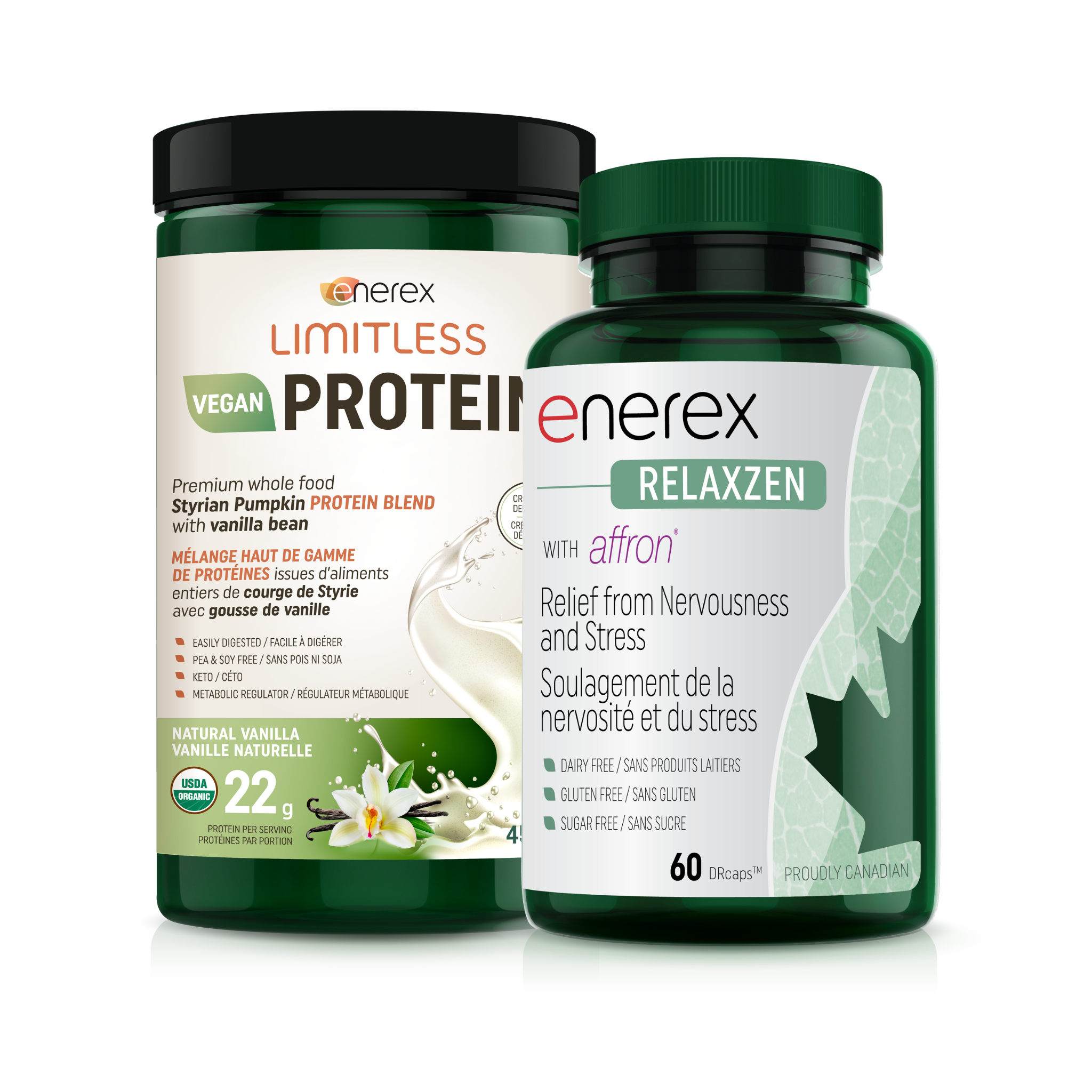
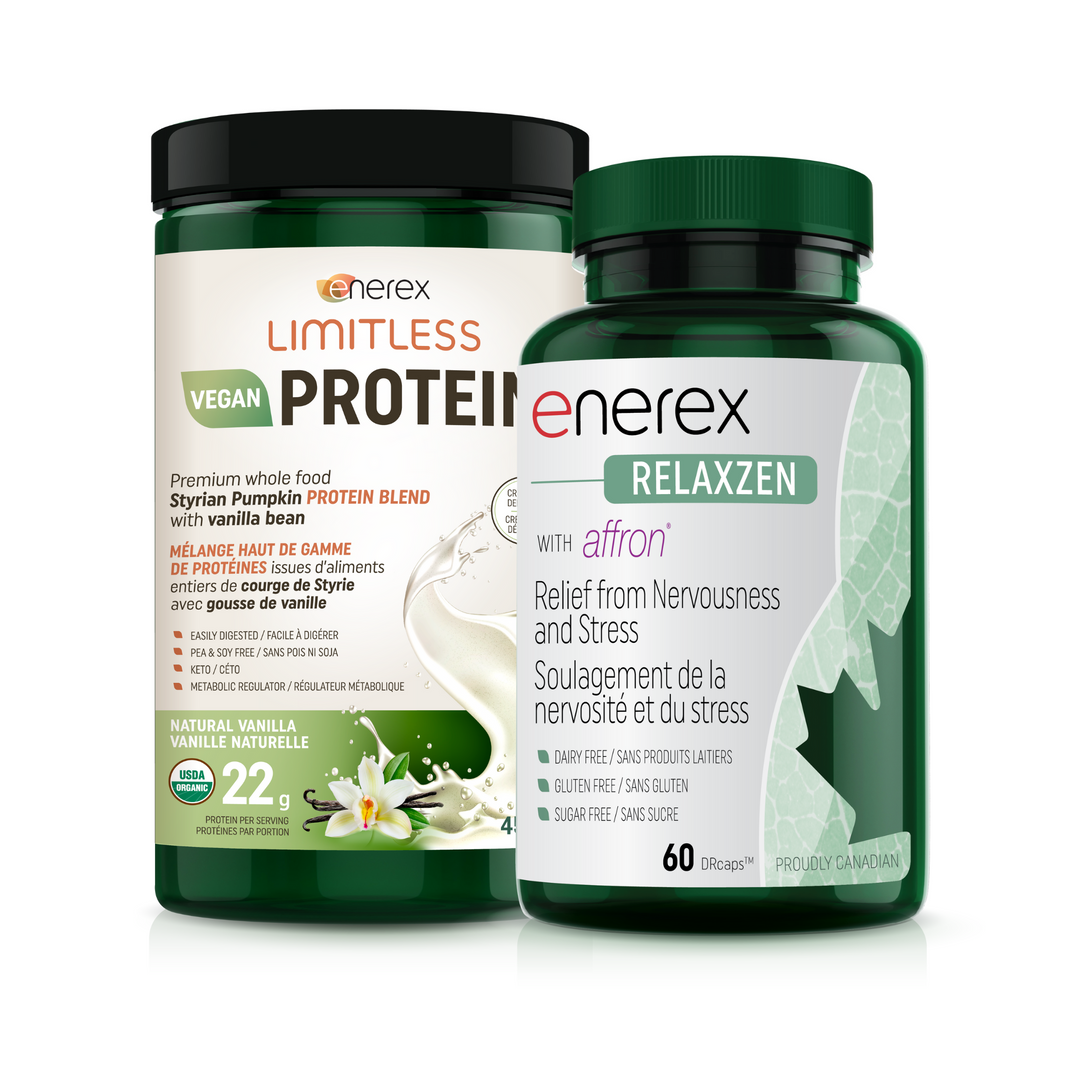
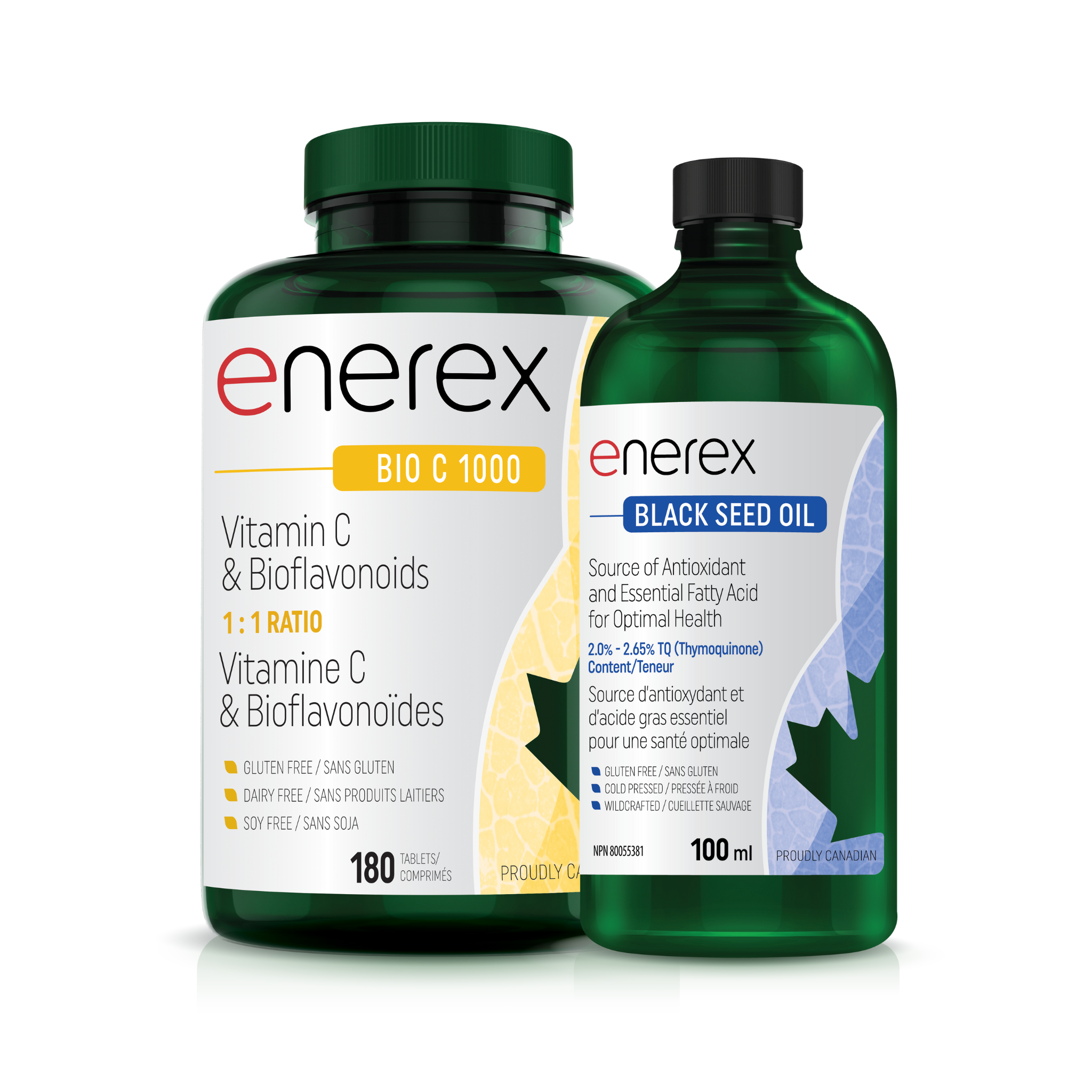
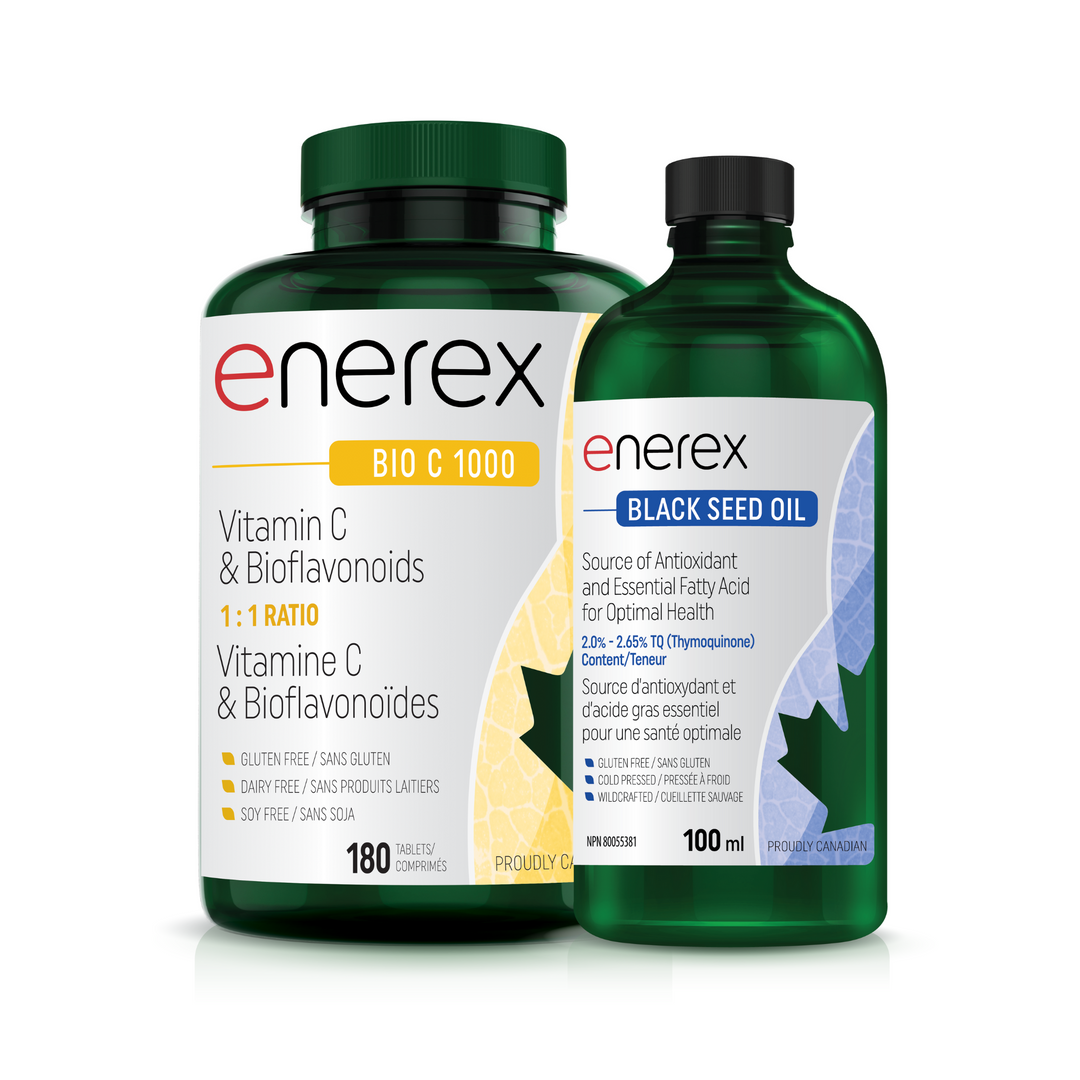
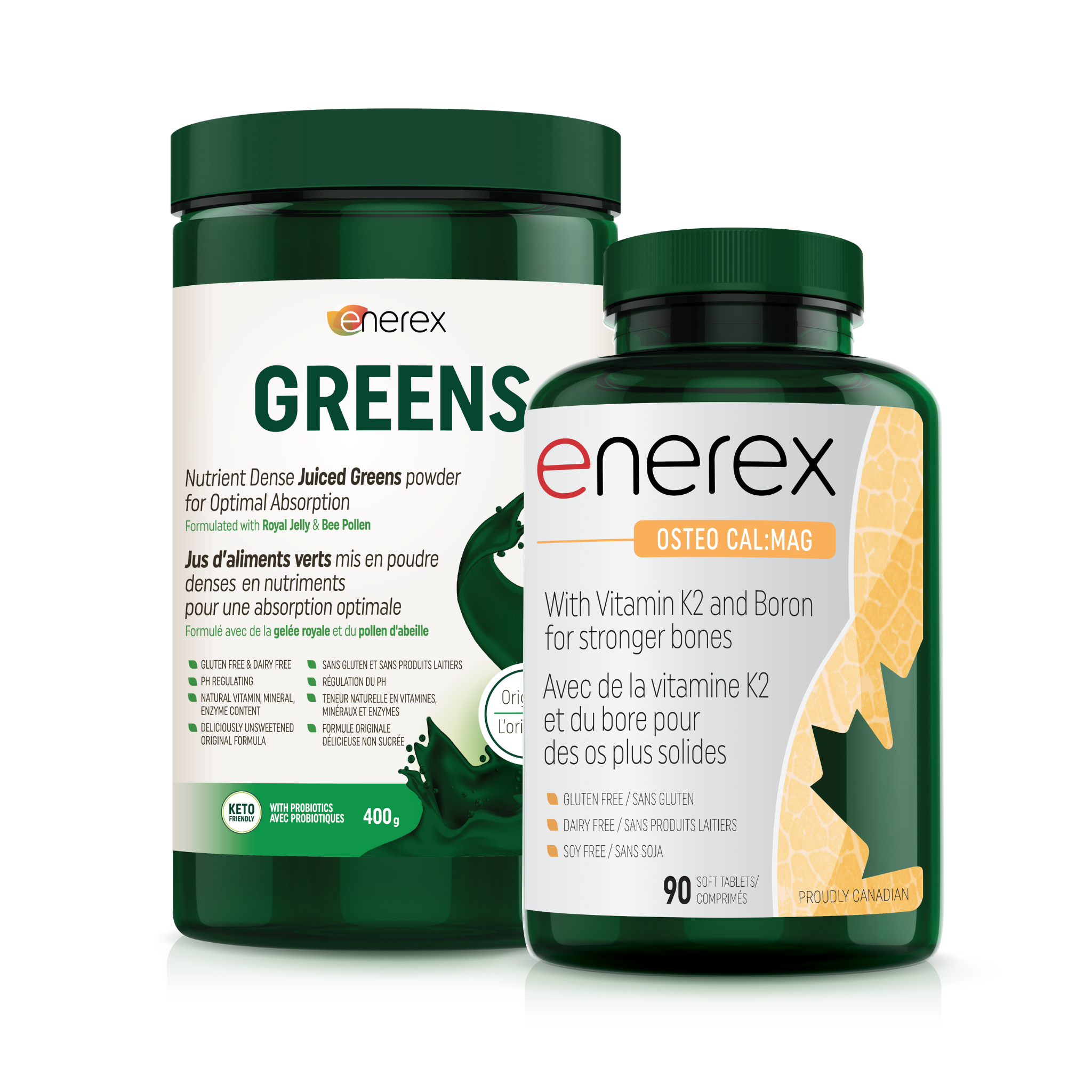
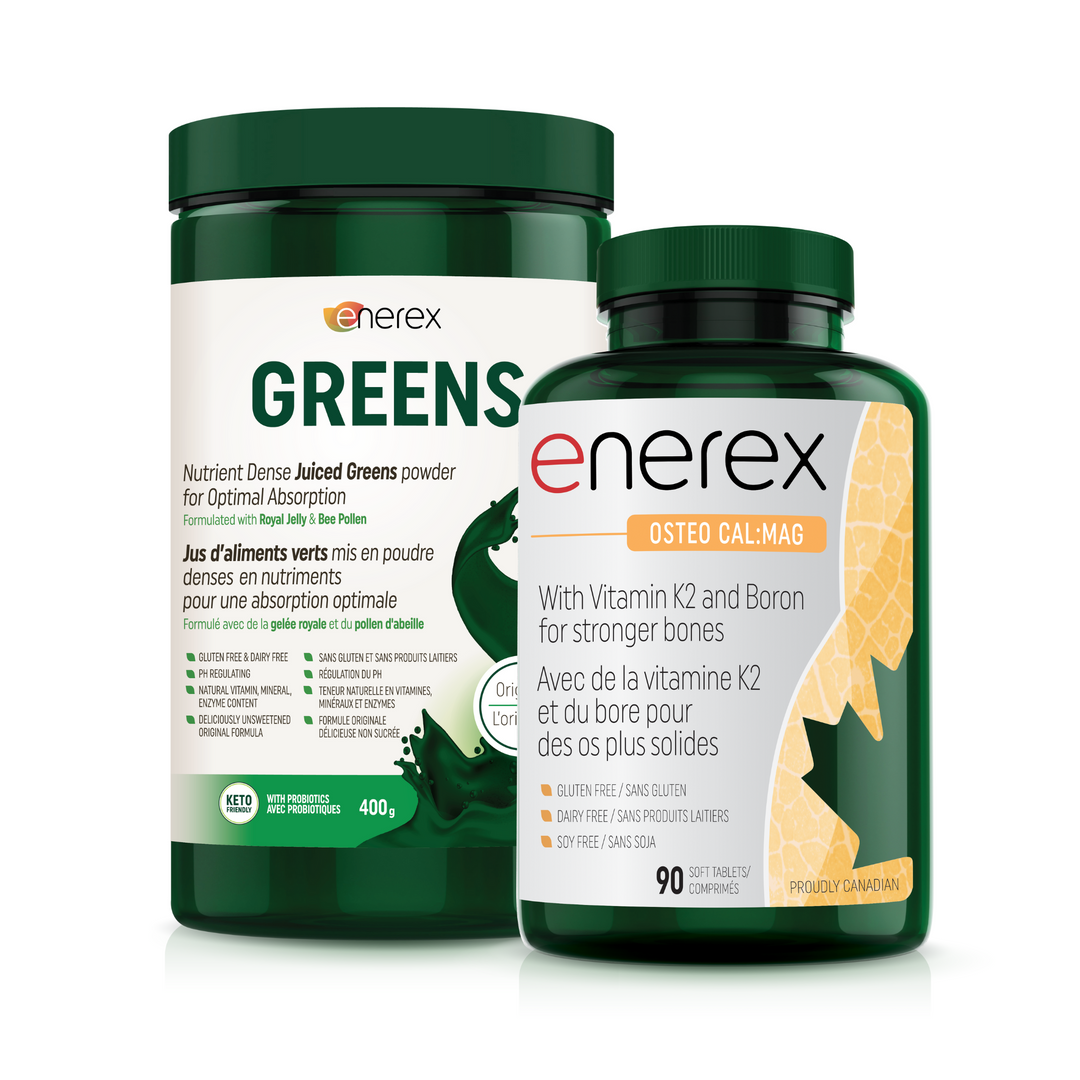
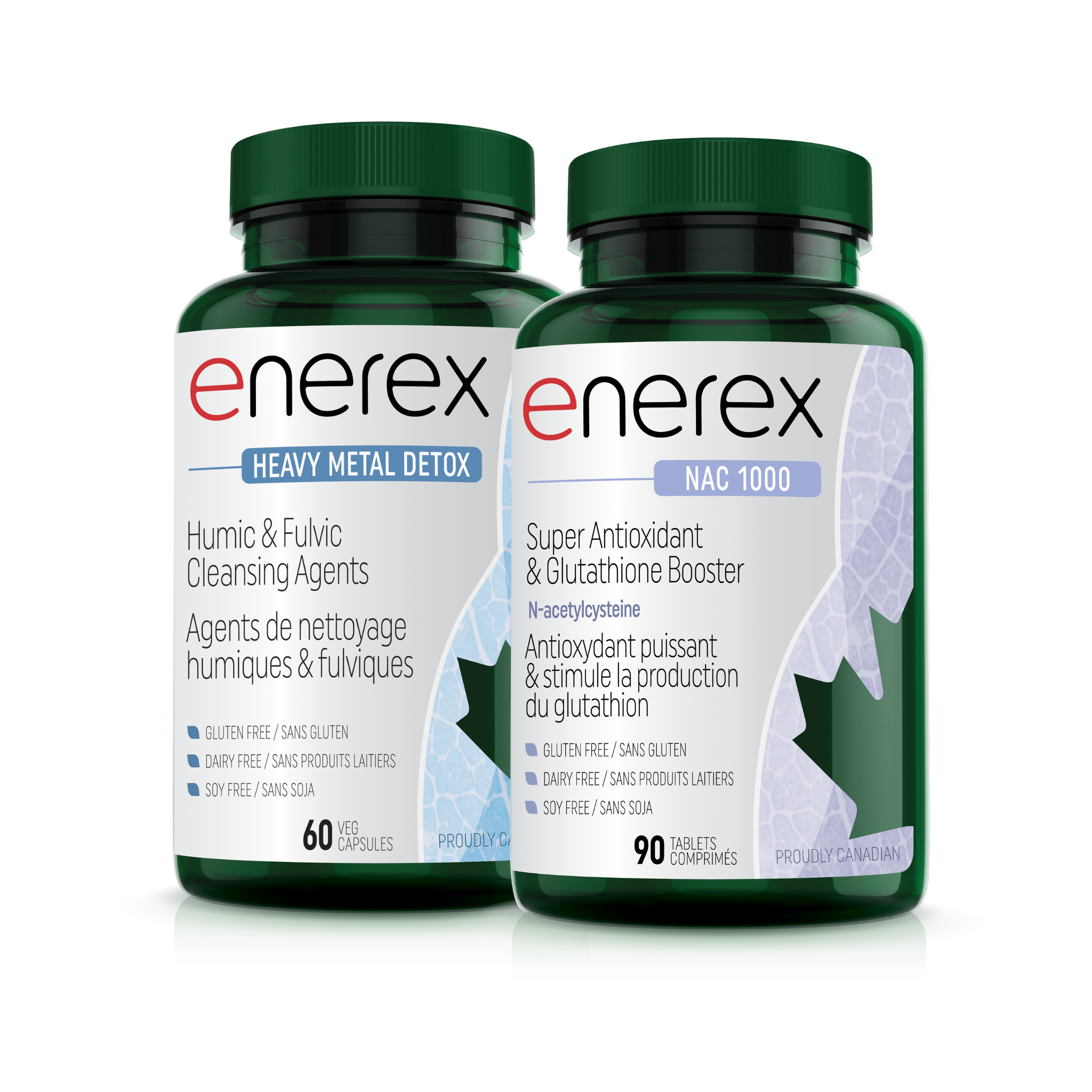
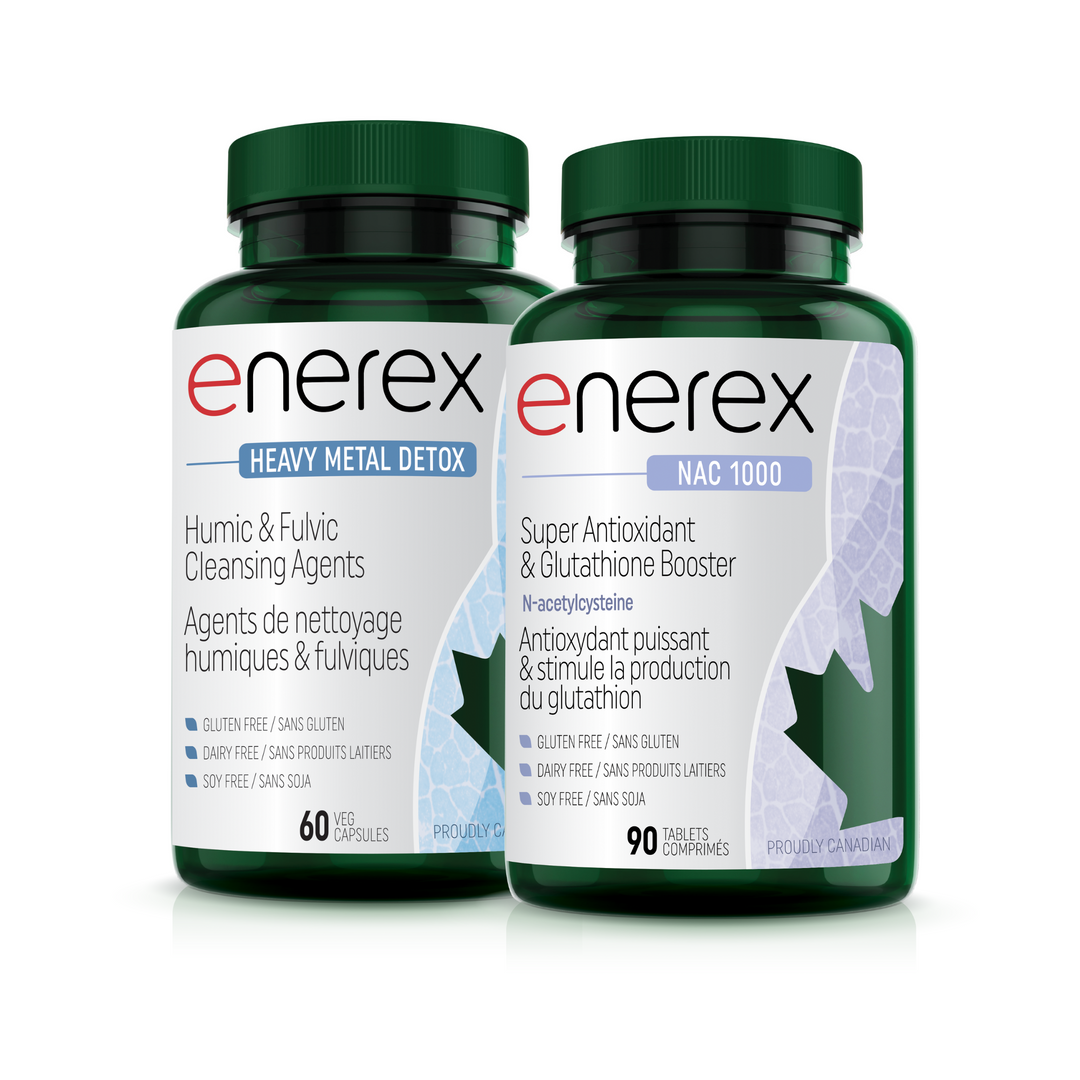
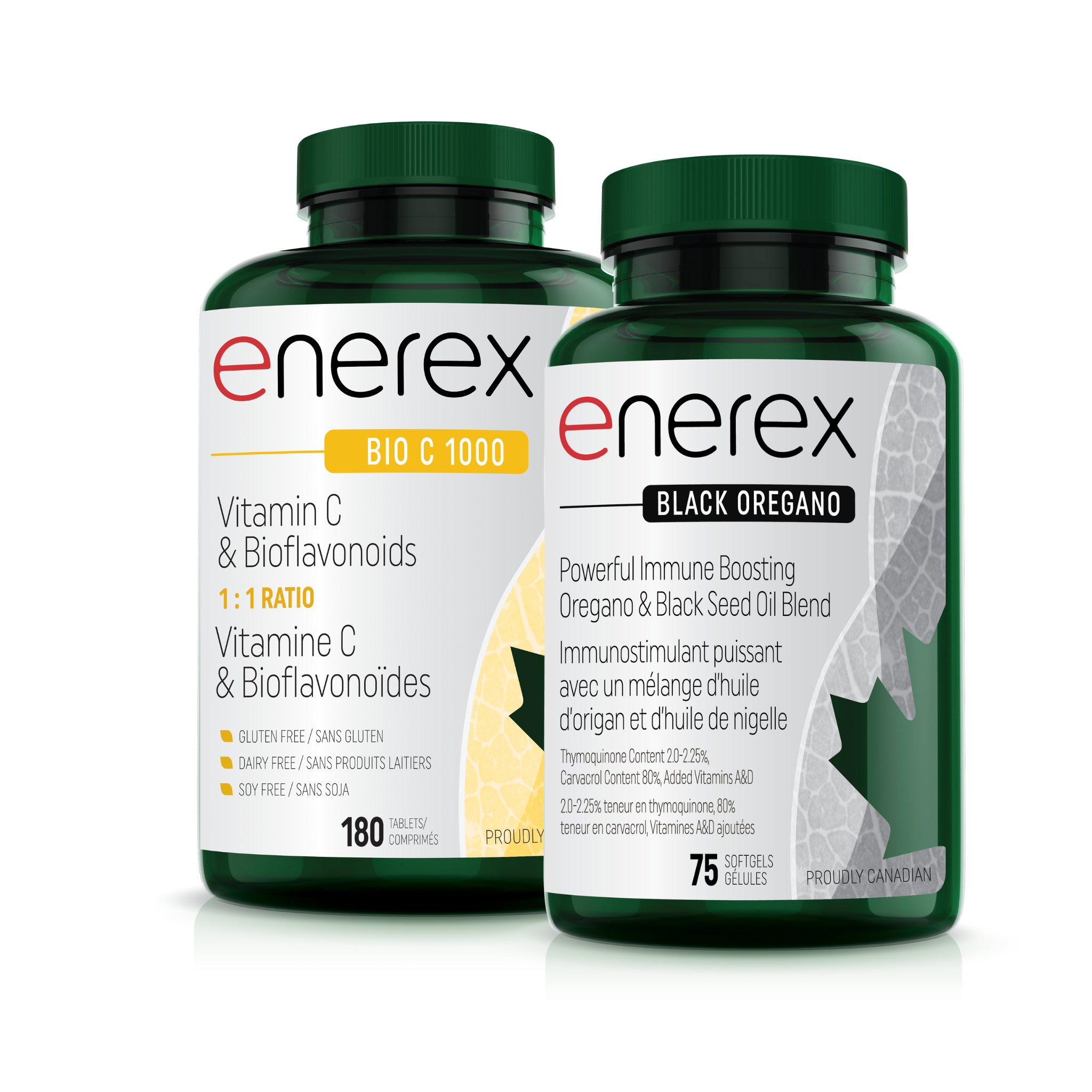
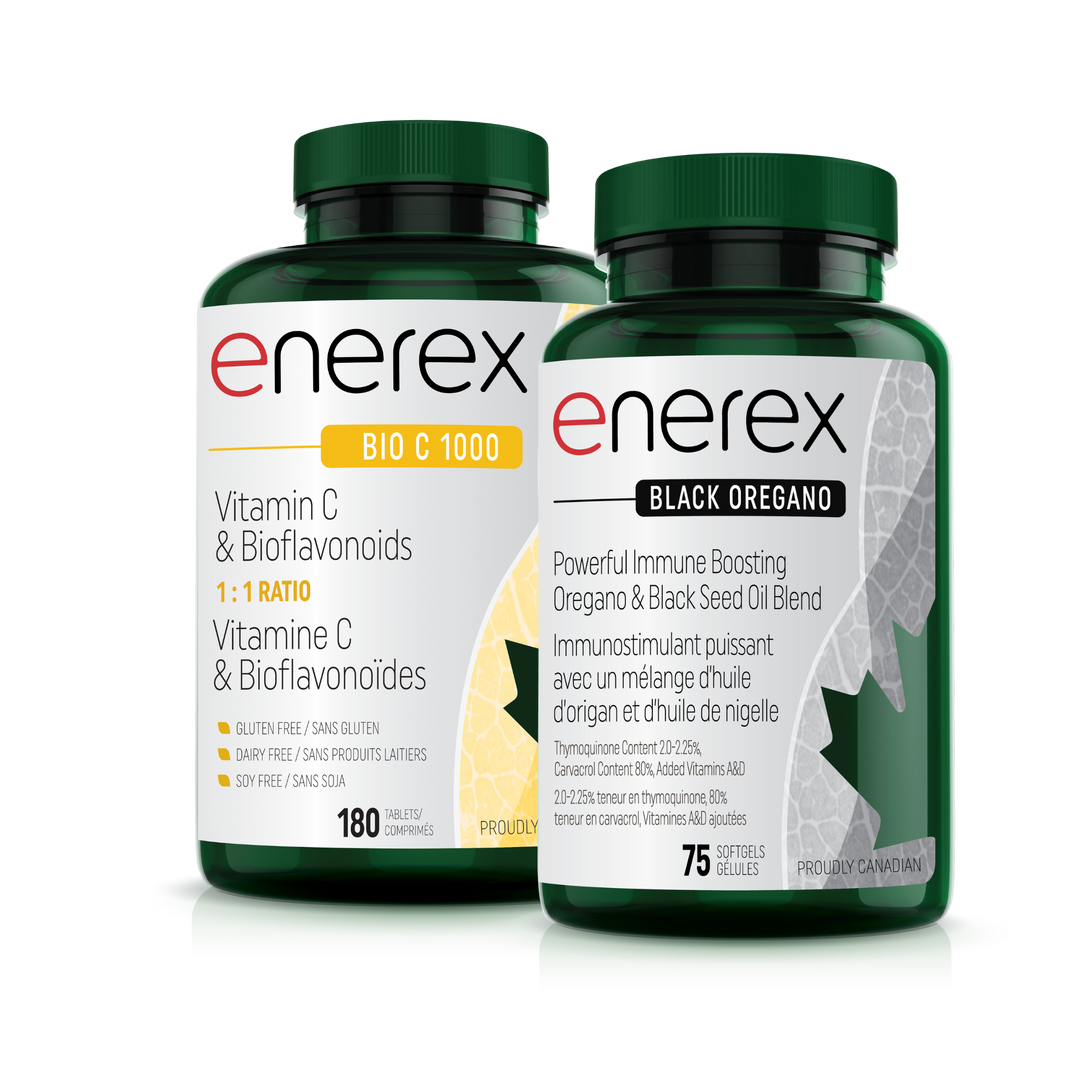
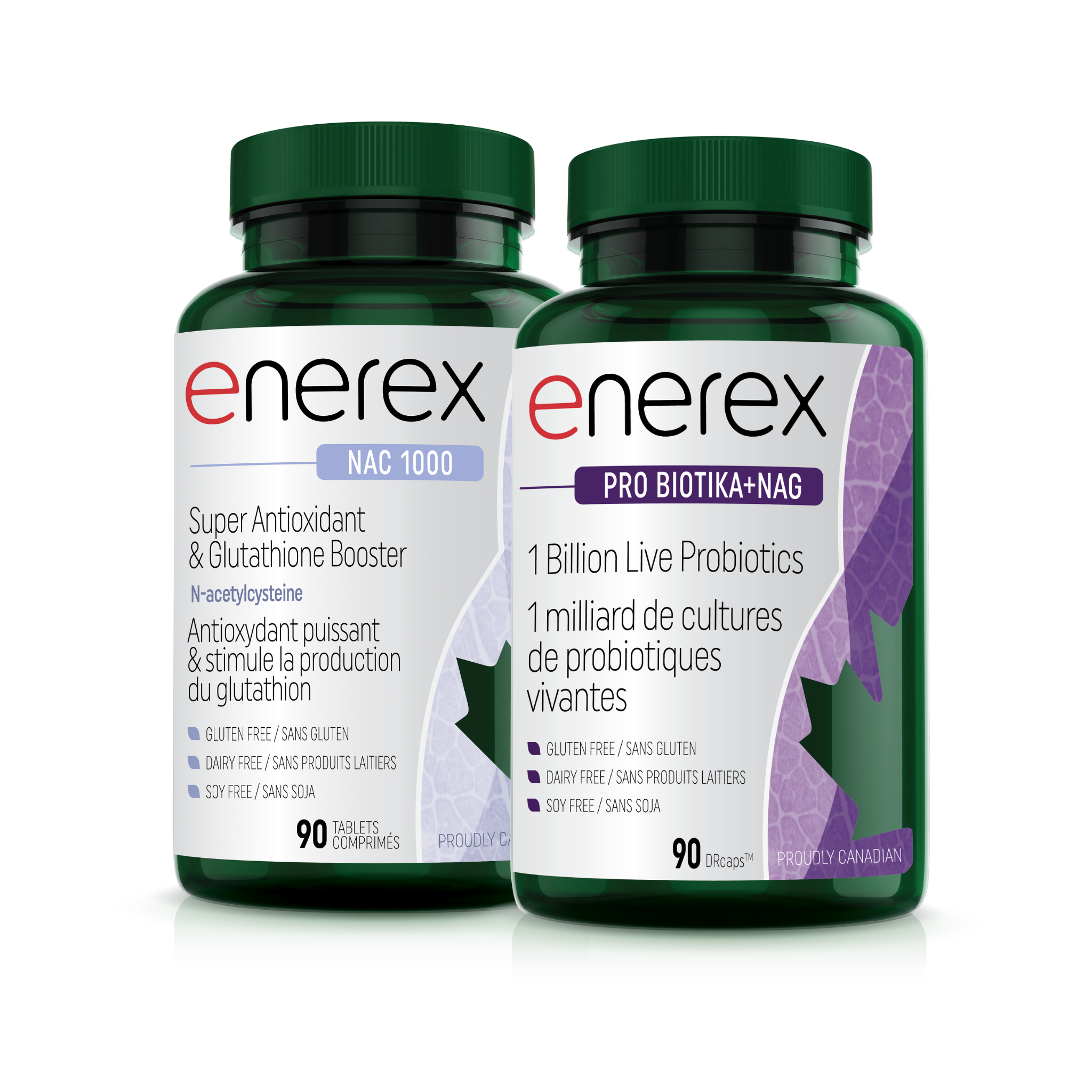
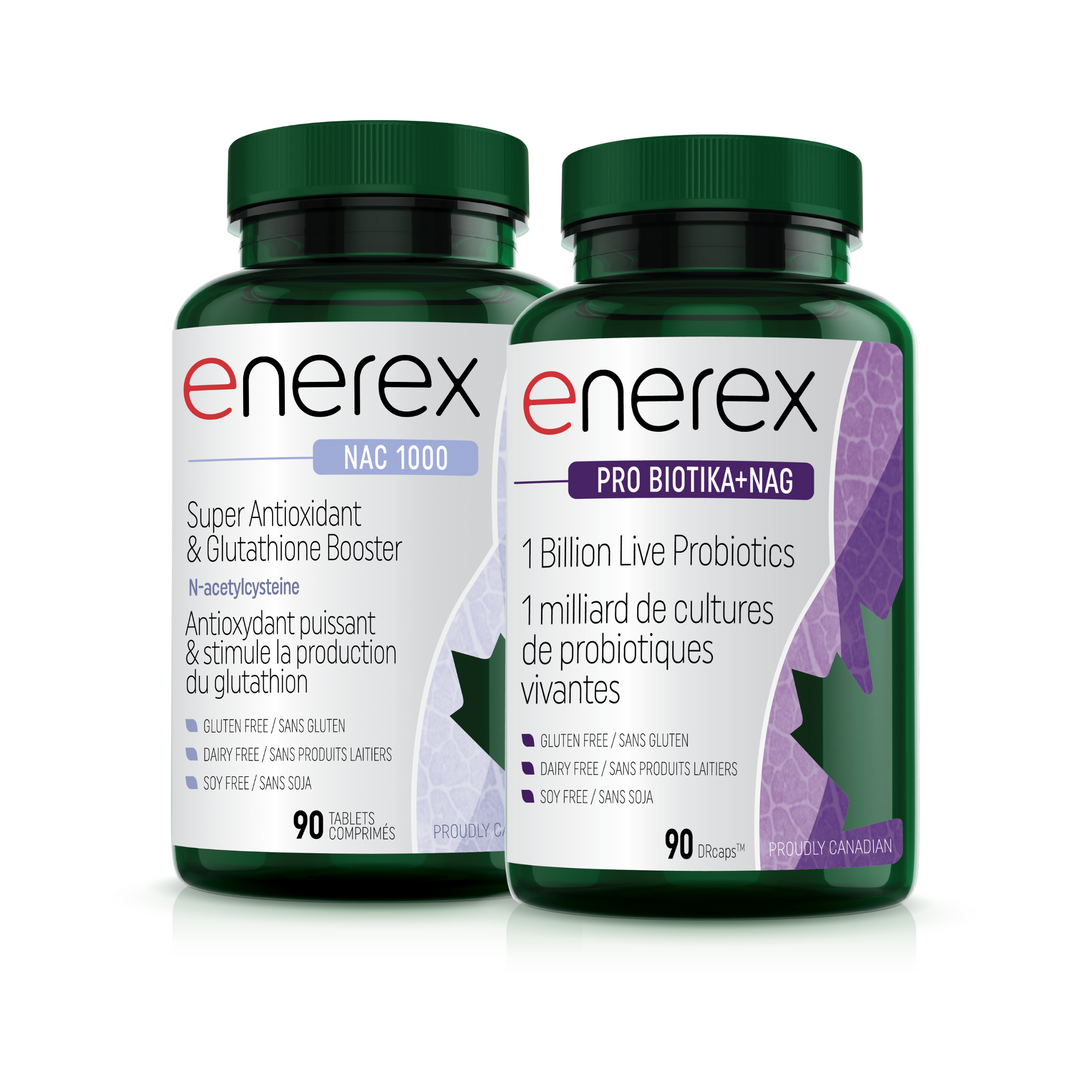
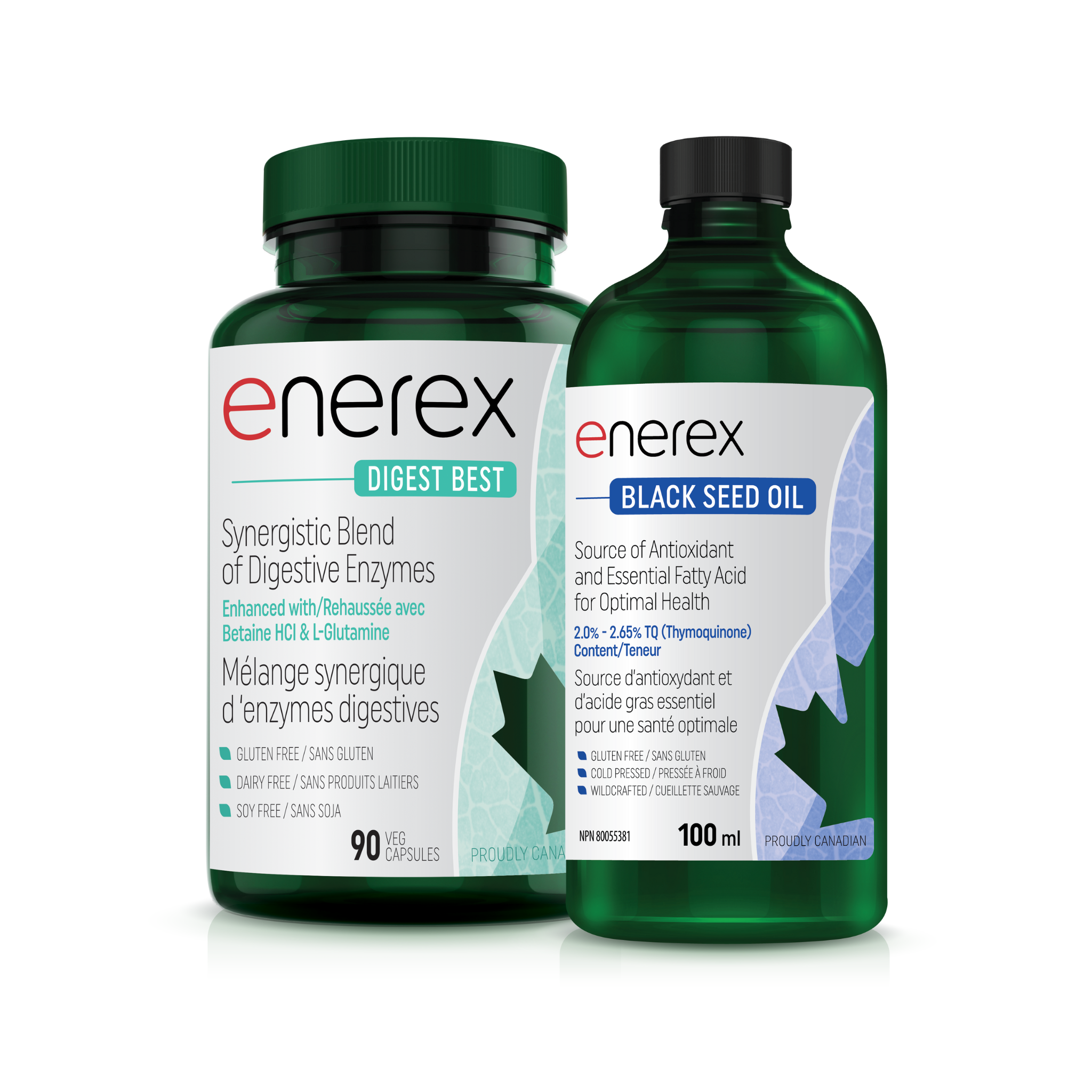
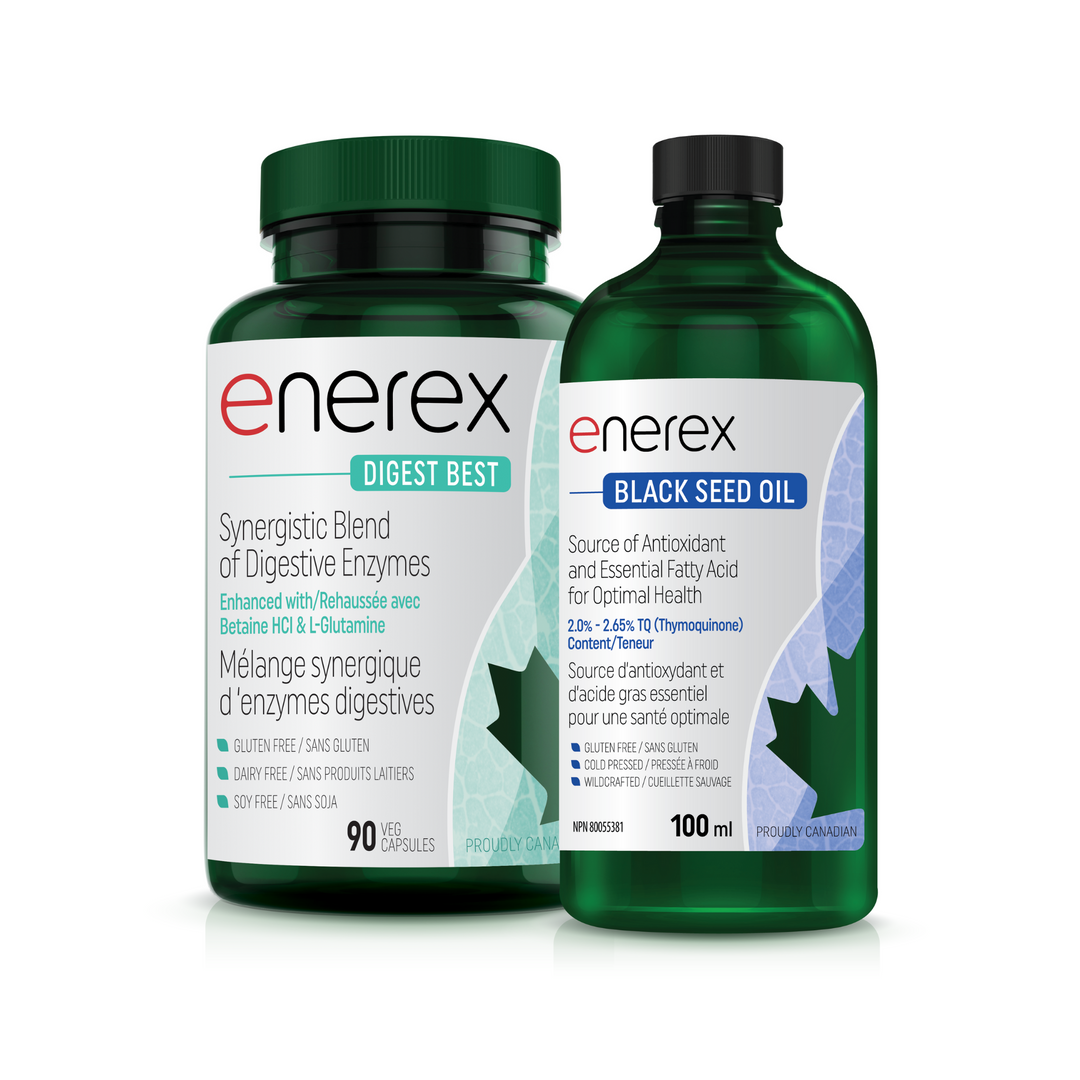
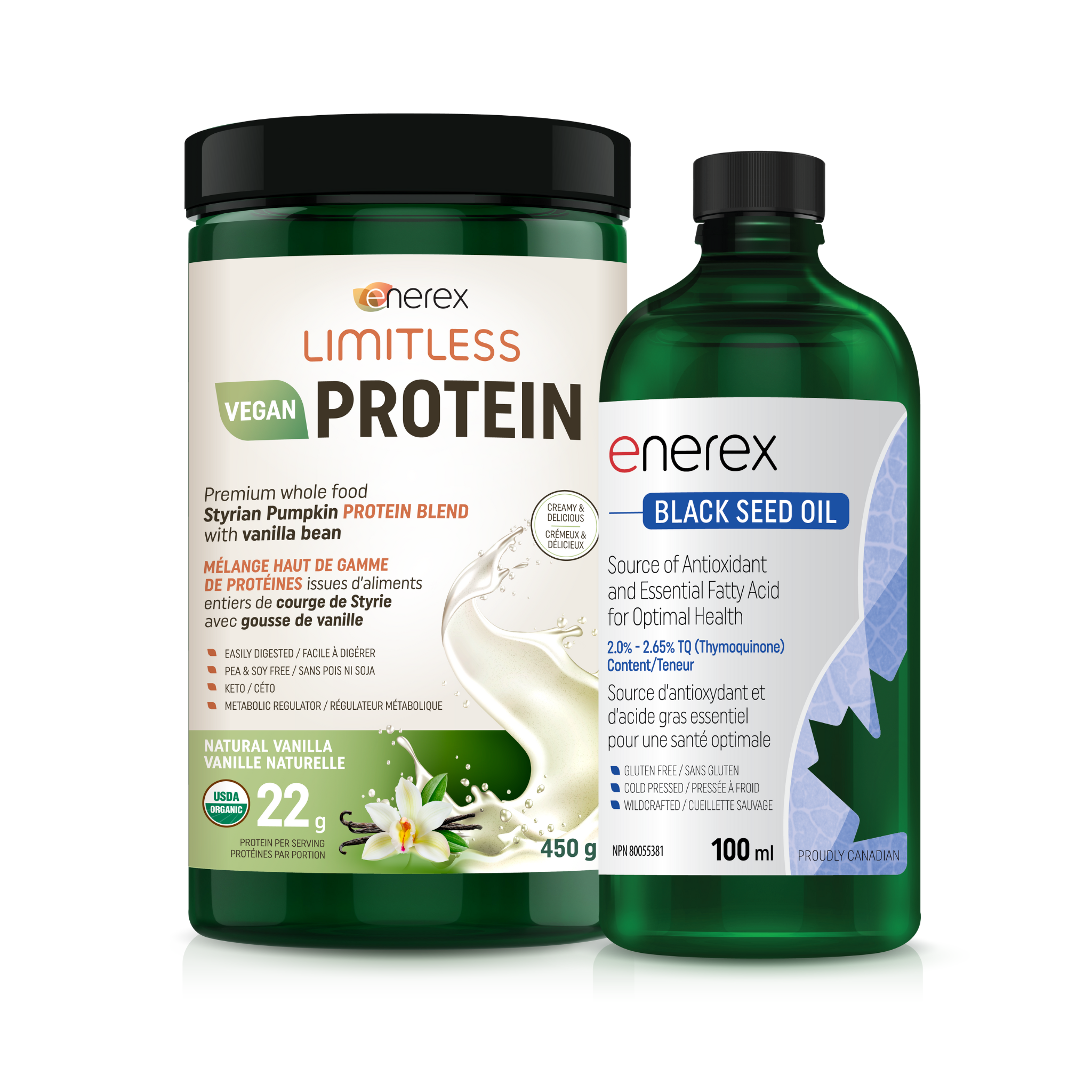
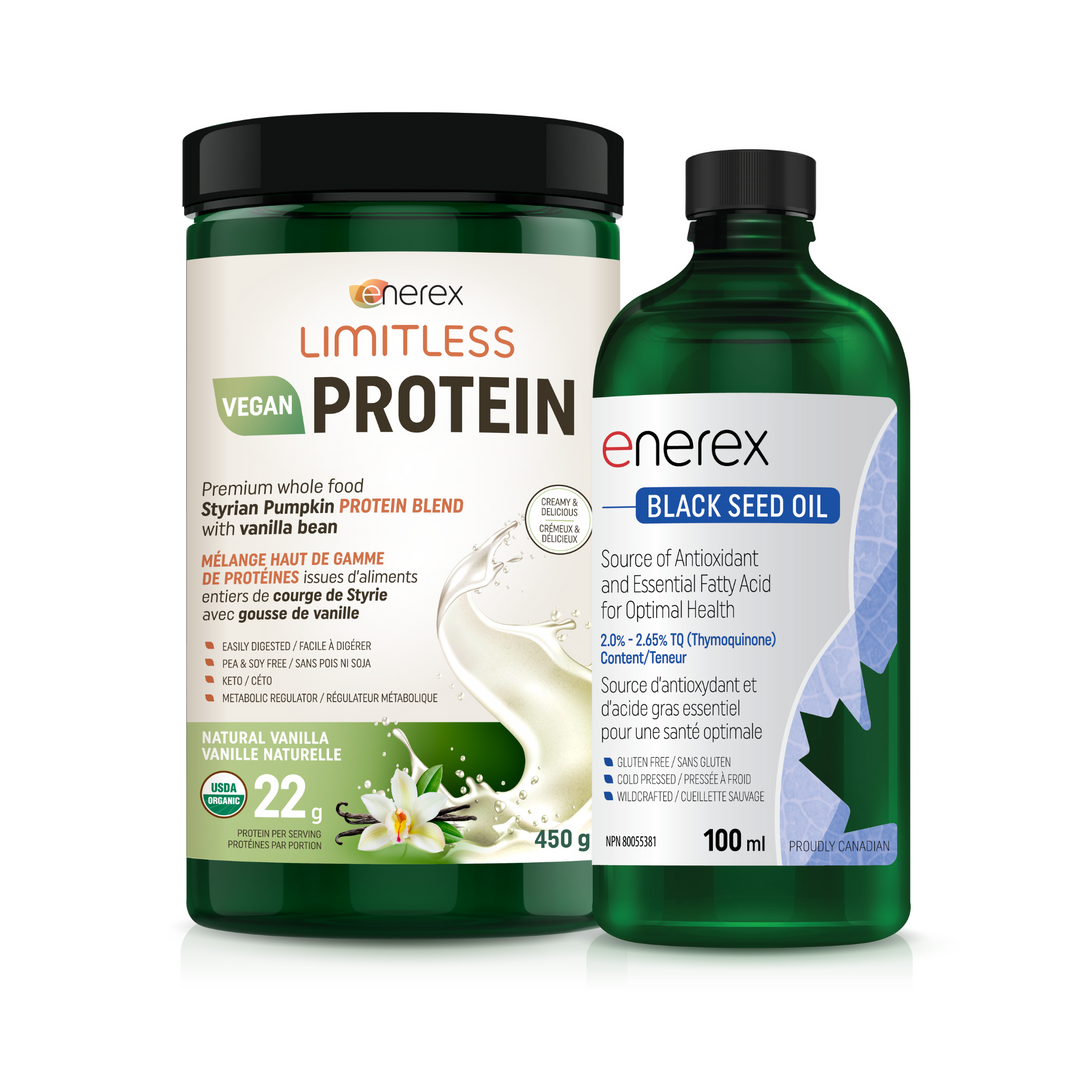
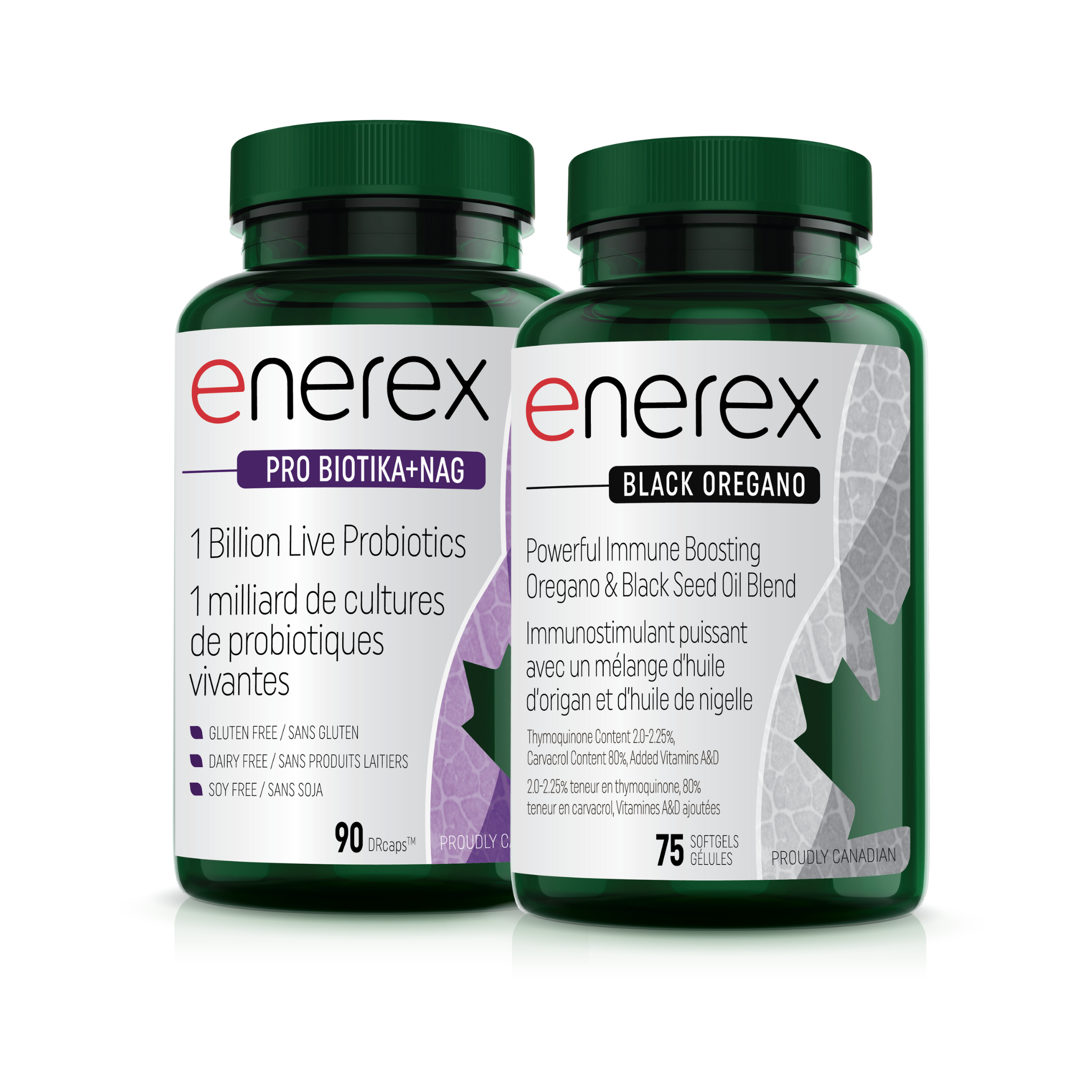
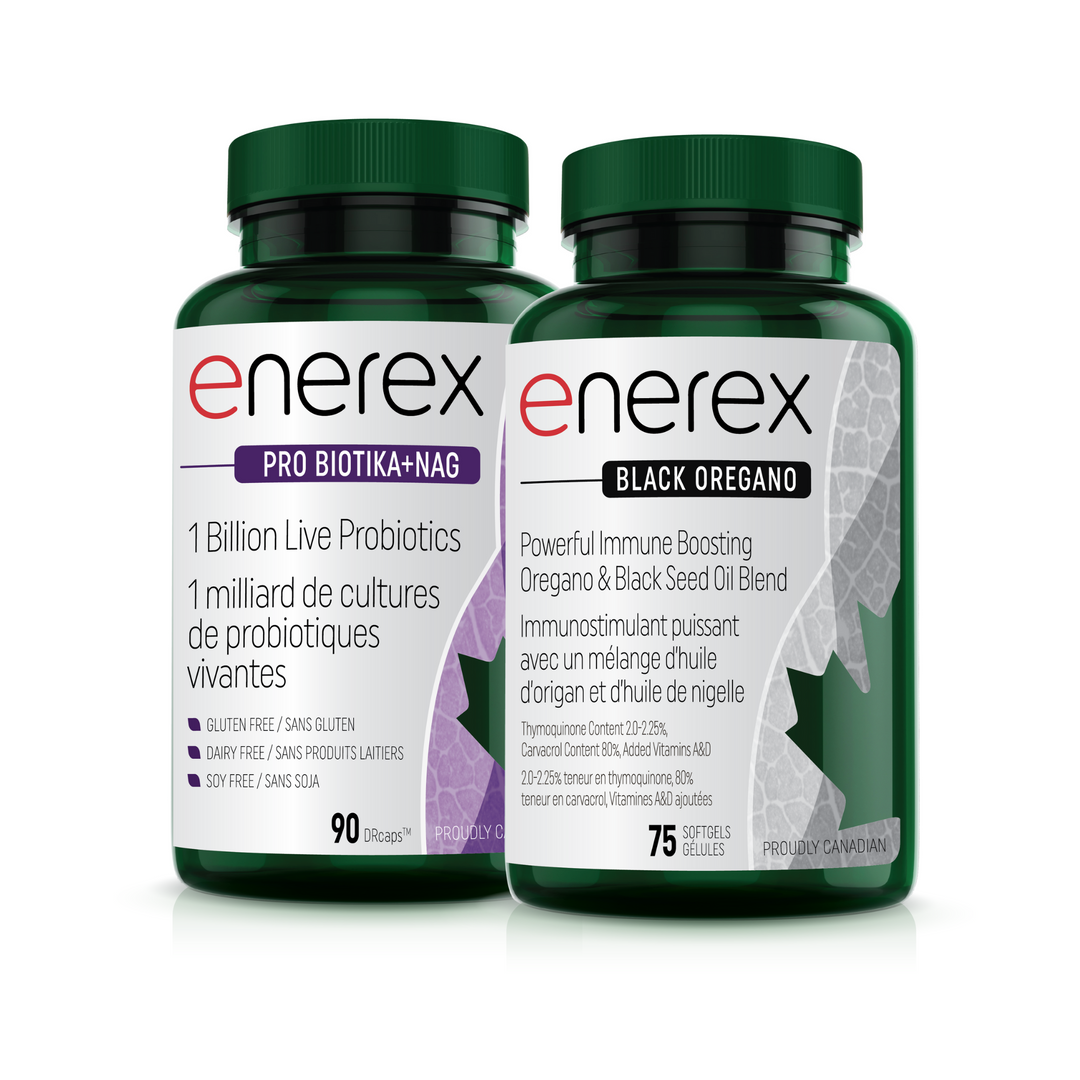
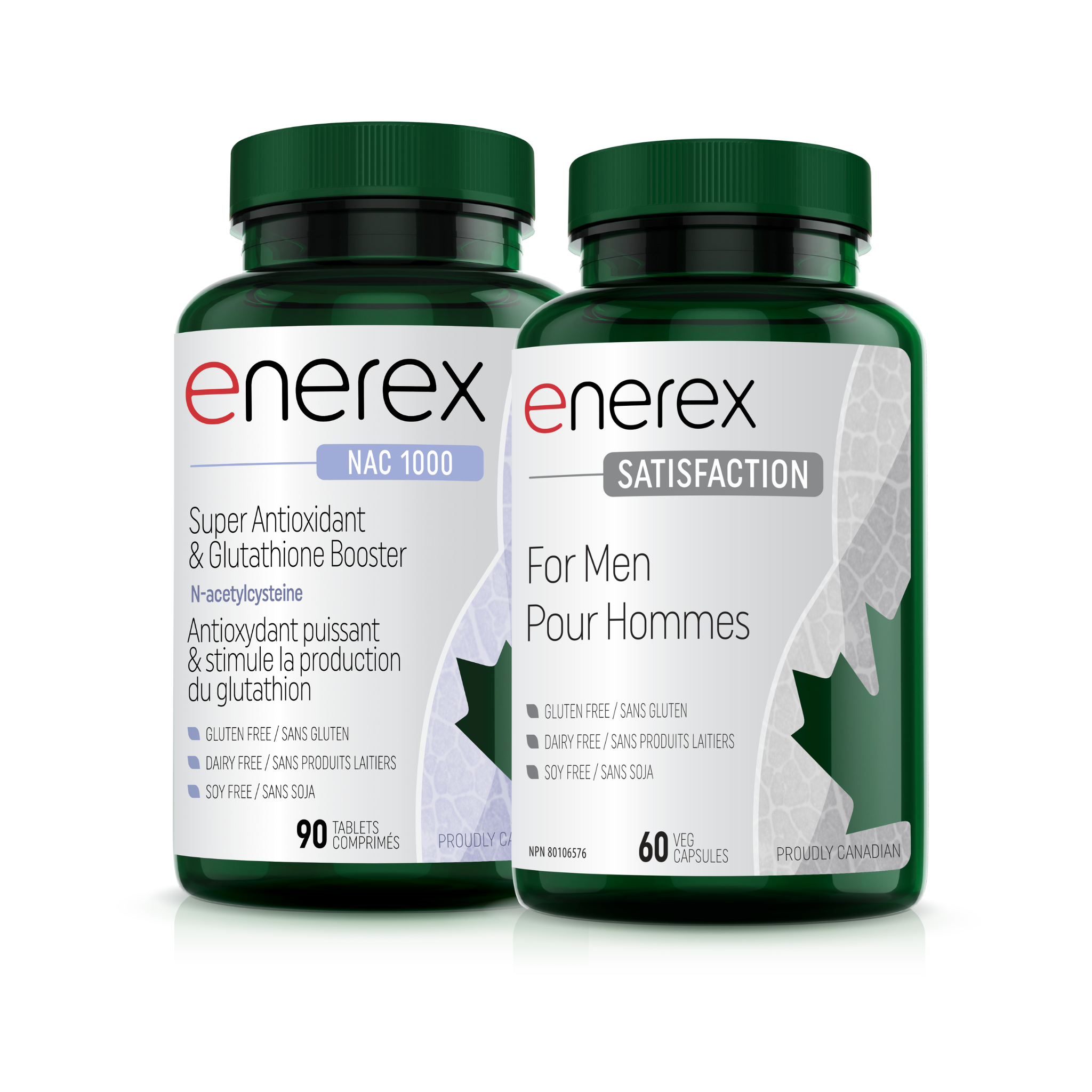
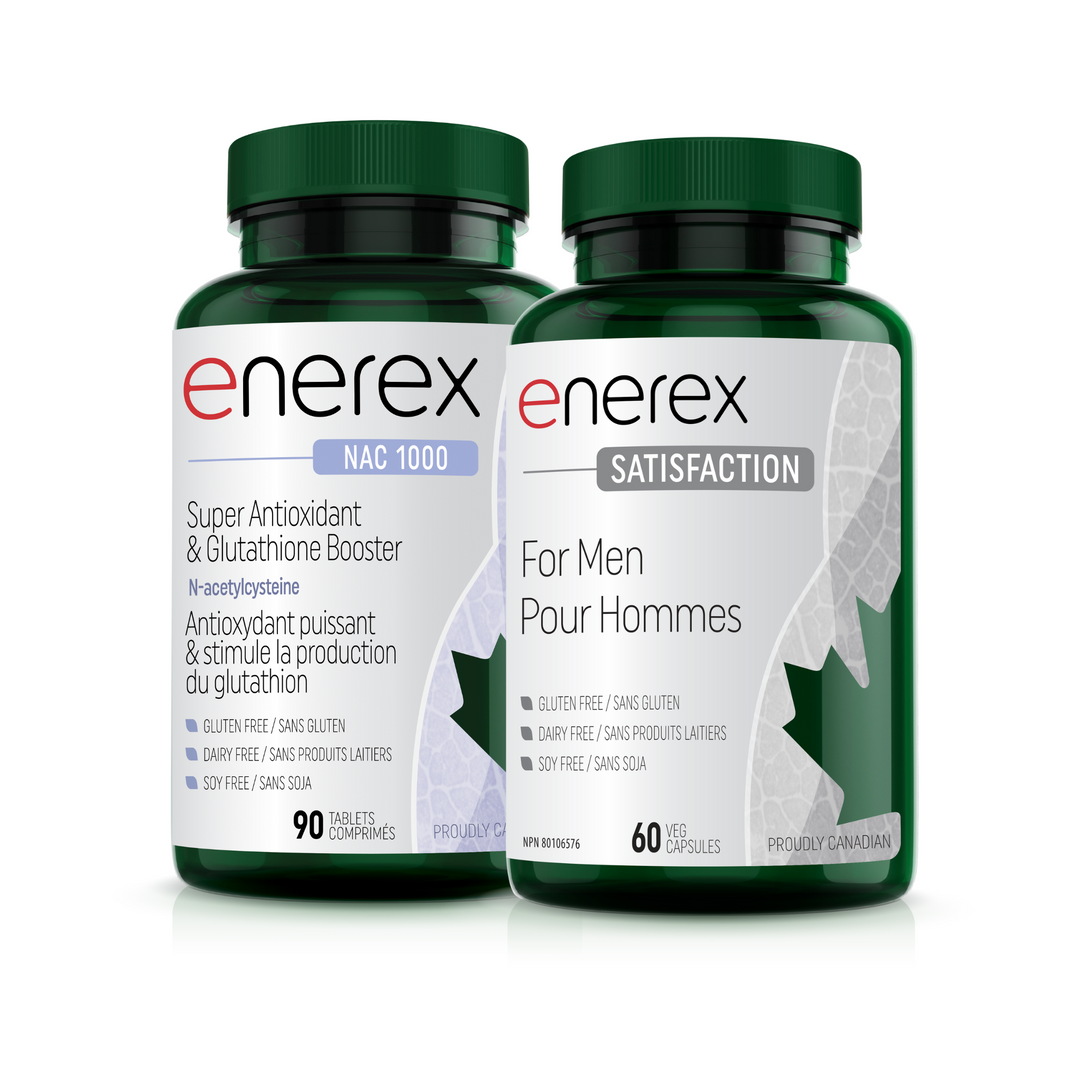
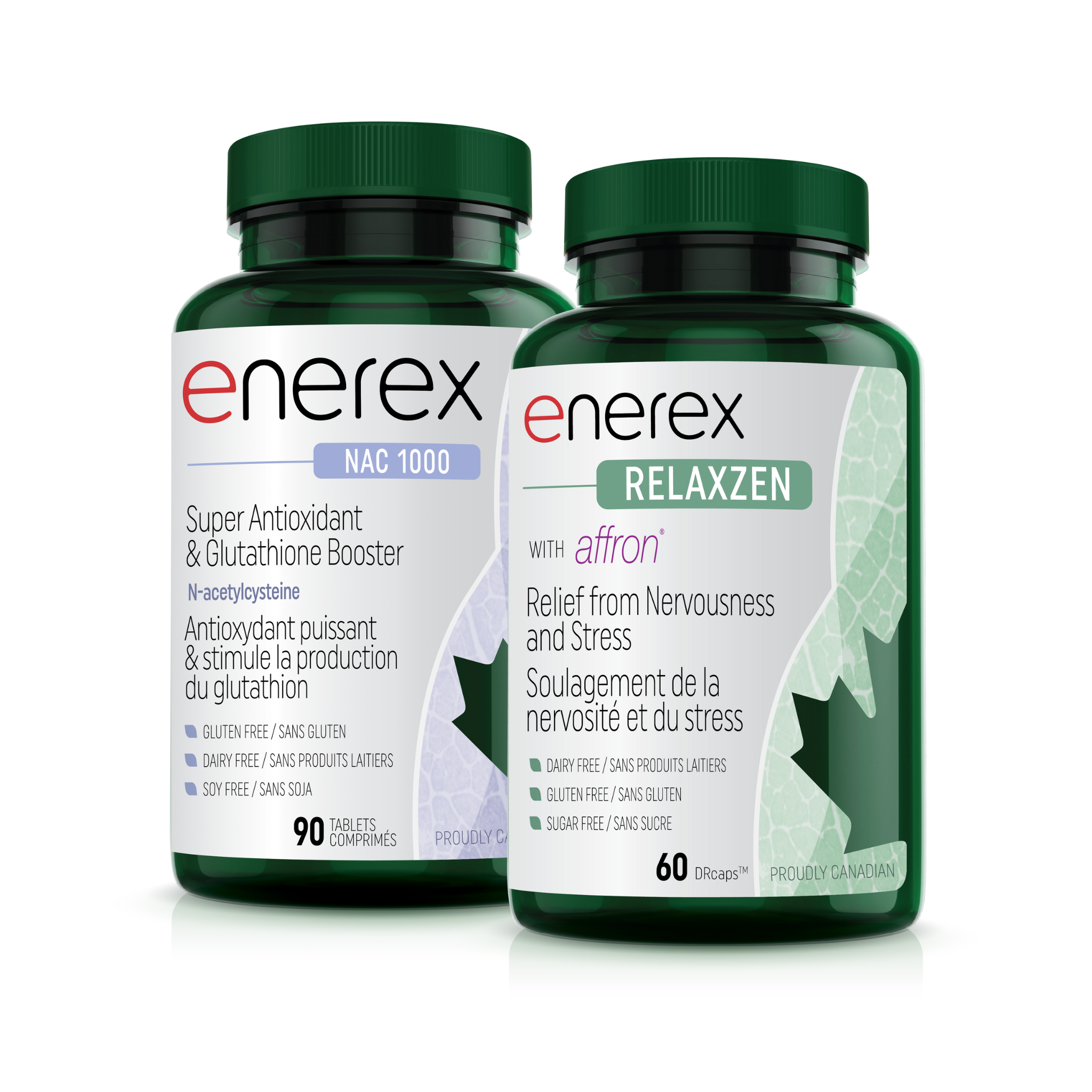
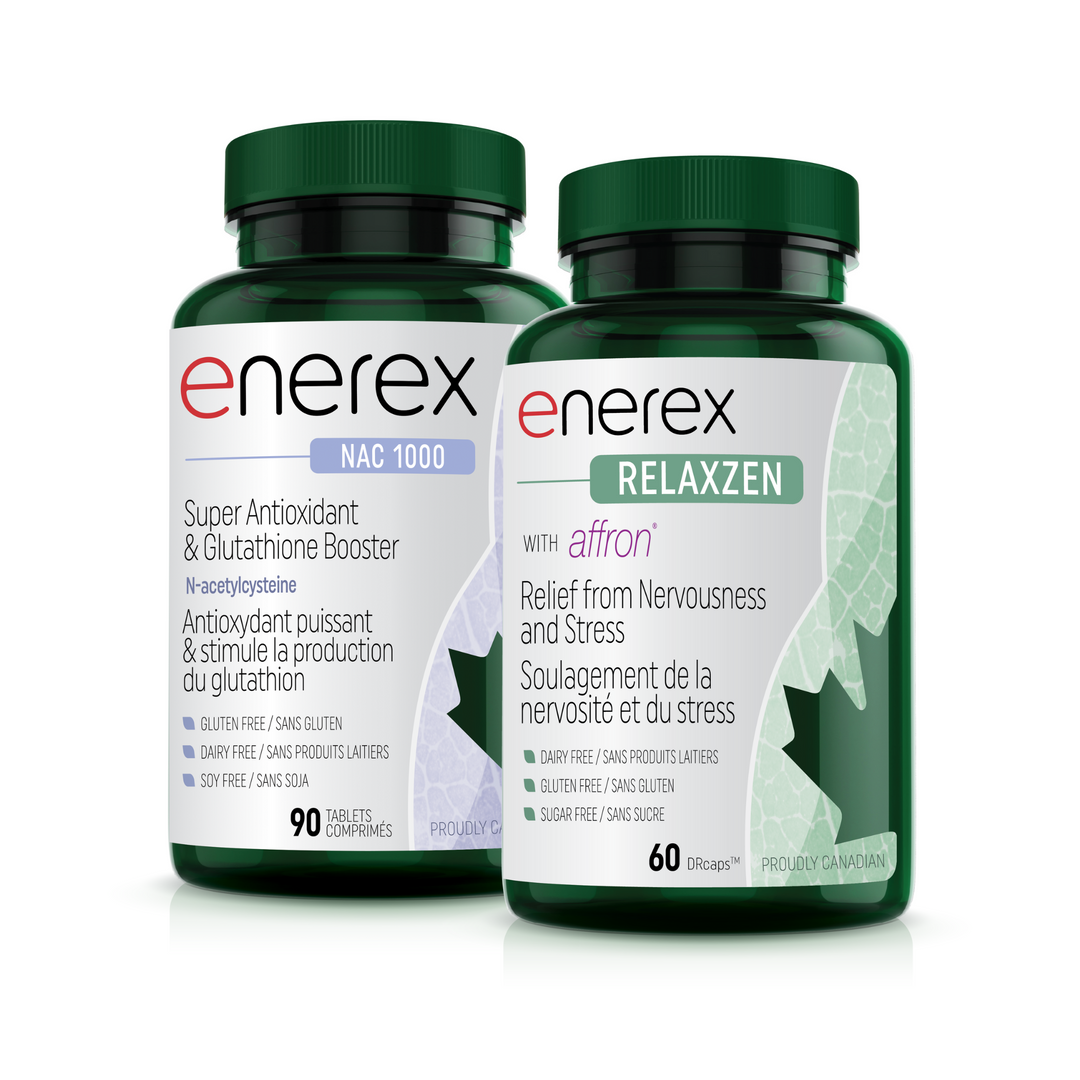

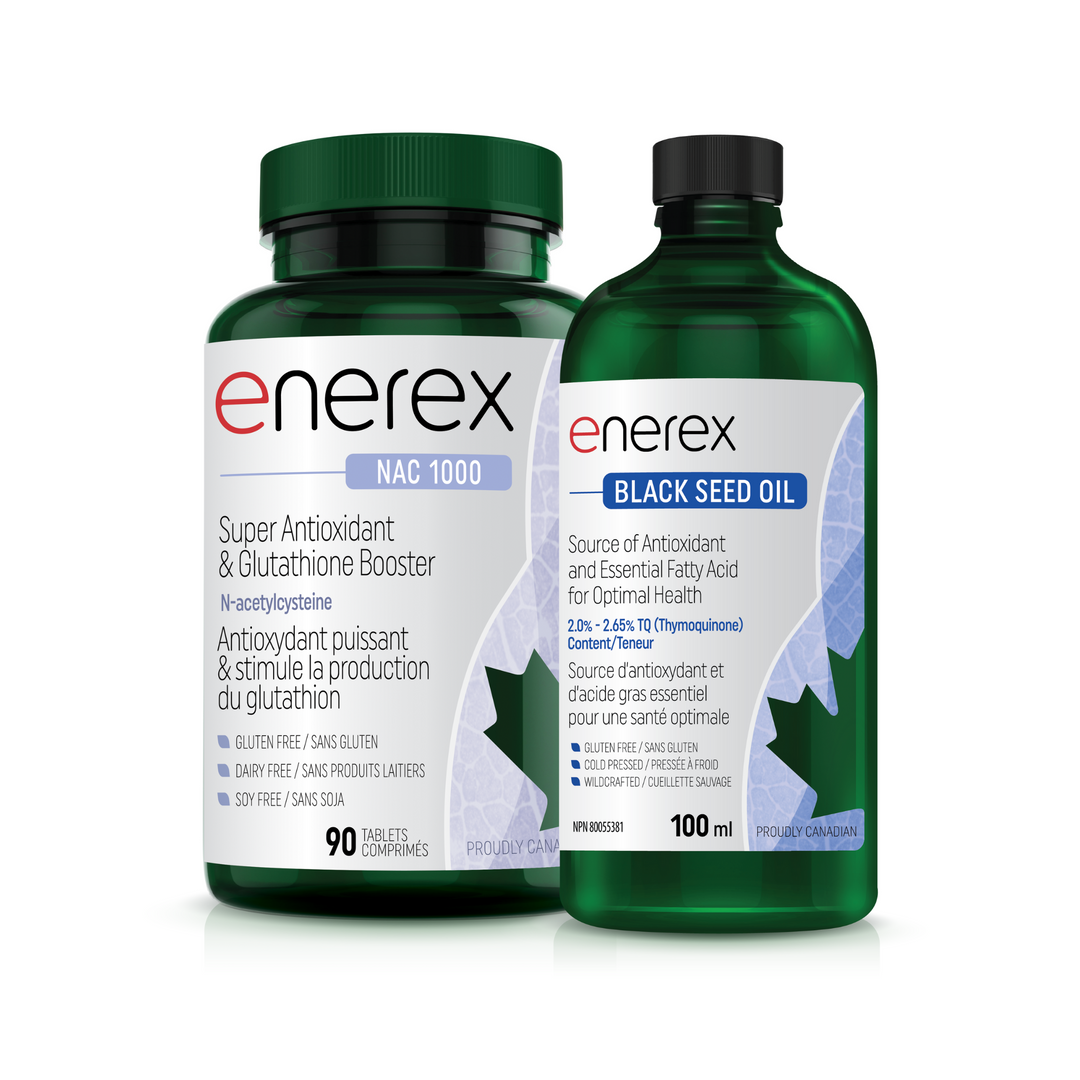
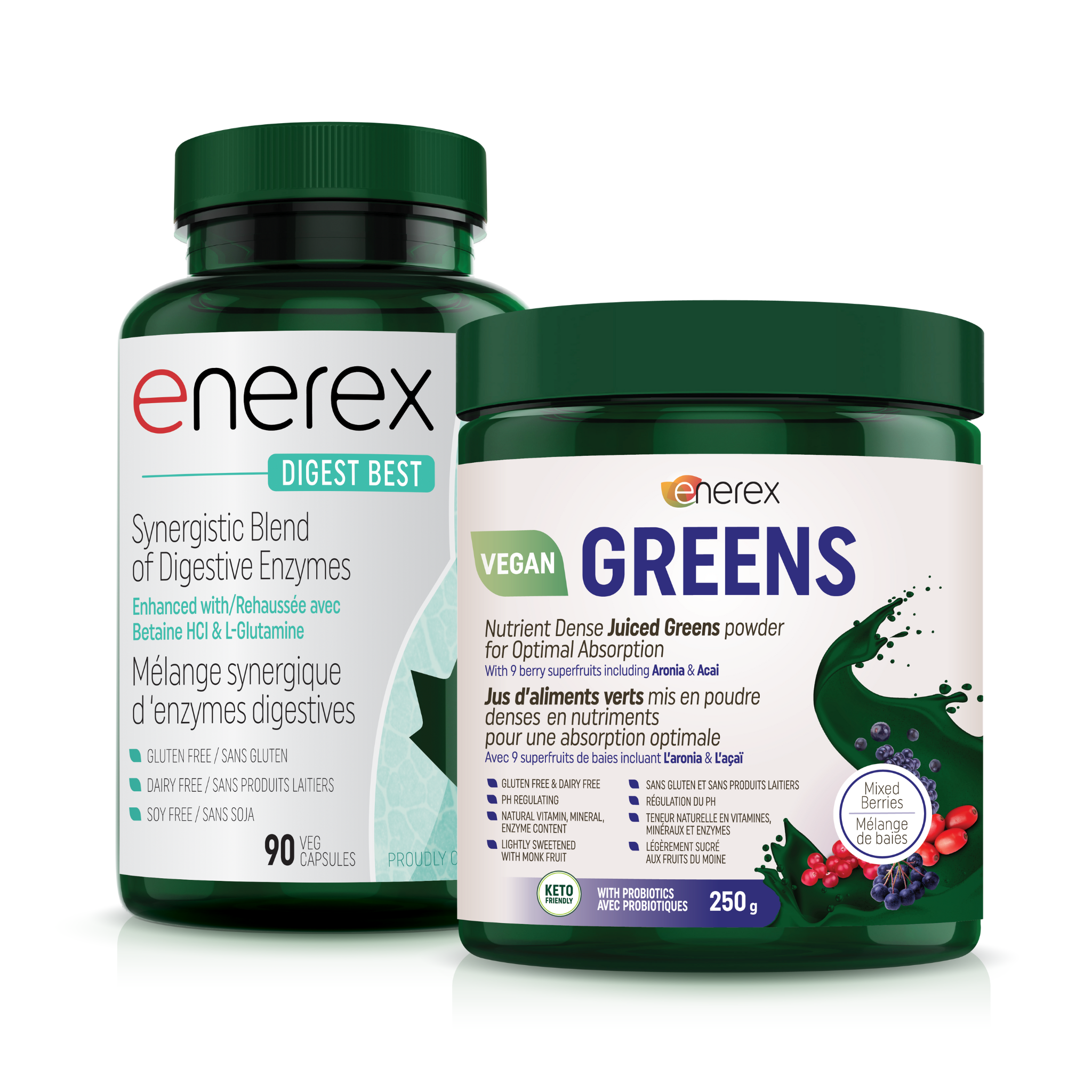
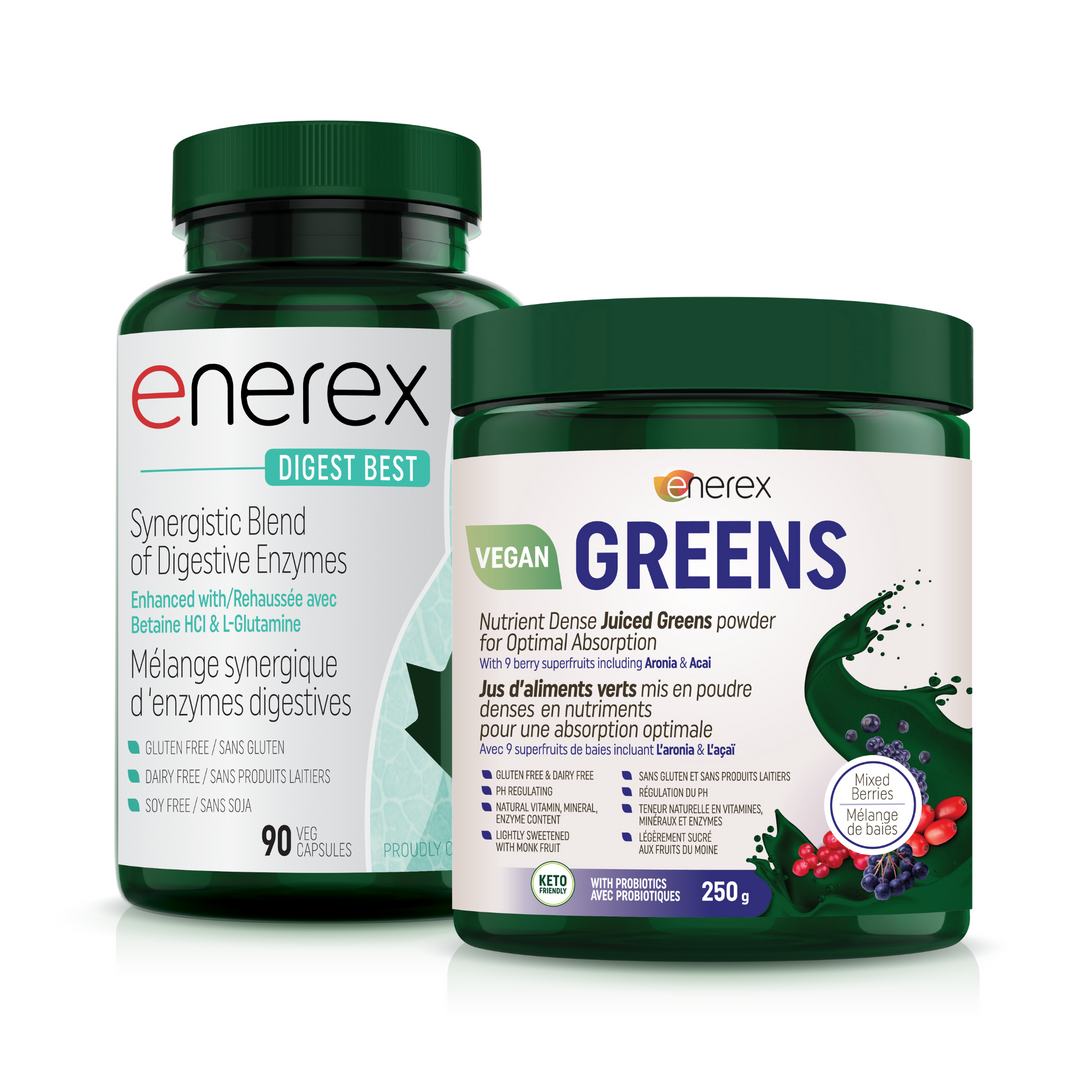
Leave a comment